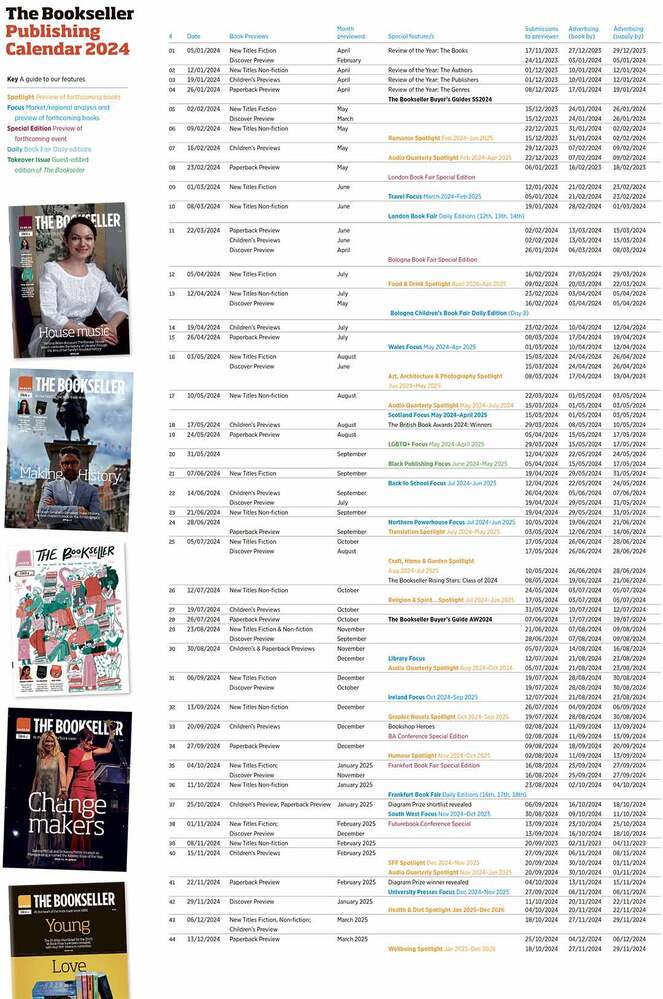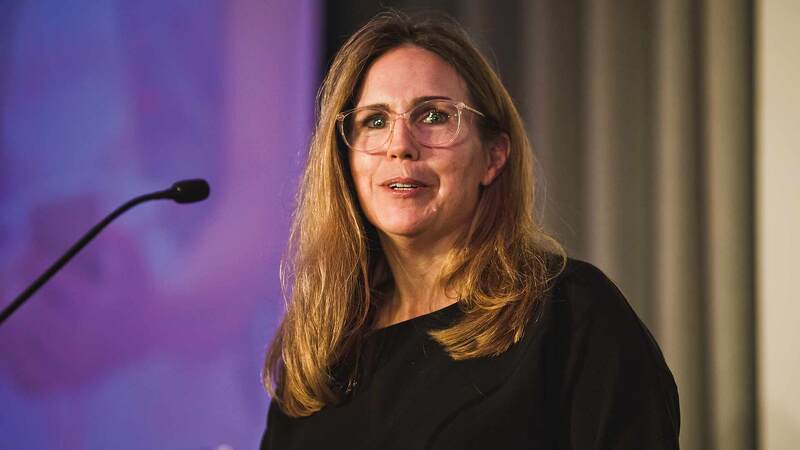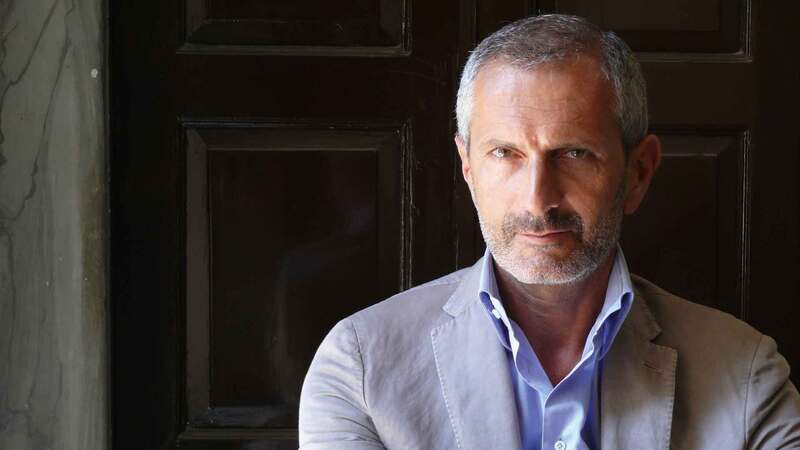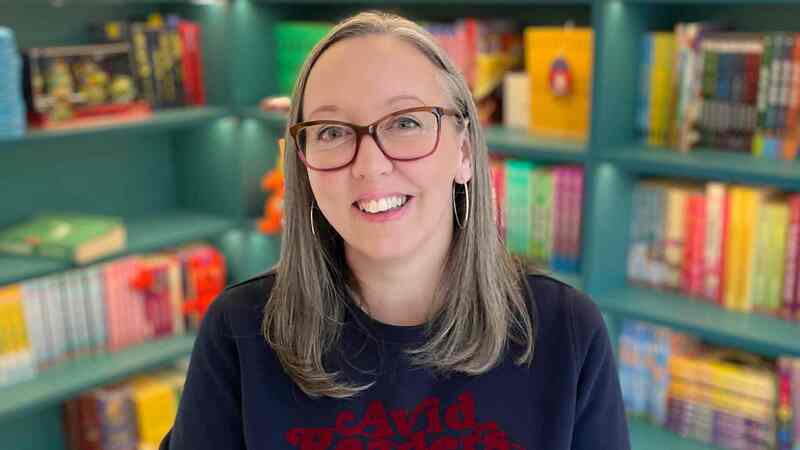You are viewing your 1 free article this month. Login to read more articles.
Half-year review 2011: publisher performance
Let us start on a good note. Penguin, as noted on the previous pages, has built on its muscular 2010 performance with a scintillating 2011. Its £73m is its best six-month start since records began in 2001 (BookScan records go back to 1998, but the proper TCM panel was created in 2001), and is up 11% on last year's £66m. On a divisional level, the Penguin Group, at £59.4m, is 13% up on last half-year, its previous record, while DK has had its first six months of positive growth since 2005, up 5% to £10.8m. It is not all rosy though: Rough Guides, in the distressed travel market, is down 8% to £2.8m, its worst ever performance.
In addition to the authors noted in the introduction, Penguin has had success from the paperbacks of some of its Christmas 2010 hits, including Stephen Fry's The Fry Chronicles and Michael McIntyre's Life & Laughing, which at just under 99,000 copies sold, is the bestselling celebrity book thus far in 2011. Old warhorse Clive Cussler has contributed £2.1m to Penguin's coffers, while the Moshi Monsters books have sold over 172,000 copies. DK's link with Lego has proved a winner; it has had a hit with LEGO Minifigure Ultimate Sticker Collection, which has shifted almost 66,000 copies and is the 110th bestselling book thus far in 2011. In 2010, DK's bestselling title at this point was The Masterchef Cookbook, at 260th place and 31,000 copies sold.
www.thebookseller.com/sites/default/files/legacybookseller/top20publishers.jpg" title="" width="600" />
Best in show
Only eight titles have sold over £1m through the TCM in 2011, and Pan Mac has two of them—Emma Donoghue's Room (£1.8m) and Wilbur Smith's Those in Peril (£1m)—just a couple of reasons why the publisher achieved its best ever first-half TCM performance, up 14% to £24.8m. Pan Mac also has Julia Donaldson to thank: an astonishing 16% (a smidgeon over £4m) of its revenue has come from The Gruffalo creator.
Simon & Schuster is another “best ever” publisher, up 11% to £12.6m. Philippa Gregory has scored again, shifting 139,000 copies of The Red Queen. Sales for Aron Ralston's 127 Hours were boosted by the film tie-in—and James Franco's Oscar nomination—selling just under 62,000 copies, a figure reached by rising chick-lit star Jane Costello with Girl on the Run. S&S' second bestselling title by value is a golden oldie: Rhonda Byrne's 2006 self-help tome The Secret, which shifted some 34,000 copies in hardback for £353,000.
Usborne is the final record breaker, up a massive 28% to £6.8m. Usborne author/editorial director Fiona “That's not My . . .” Watt alone has accounted for £2.2m, or 32% of that total, the biggest percentage of sales by a single author for a top 50 publisher, apart from Stieg Larsson, who accounts for 50.8% of Quercus' revenue, and Richard Parsons, the owner/editor of CGP, who is responsible for 85% of the study guide specialist's revenue. Usborne is the only top 20 publisher to have growth in each consecutive year through the TCM since 2001.
Bloomsbury has no titles in the Top 50, but has had a solid overall performance, led by Booker winner Harold Jacobson's The Finkler Question, which accounts for £900,000 in all editions. The Wisden Almanac 2011 has sold just over 10,000 copies, but with its high price point (an a.s.p. of £30.20) it is the 135th bestselling book by value.
Tough at the top
Alas, there is some bad news for Hachette. The biggest publisher in the UK still has a lead on second-placed Random House, but one that has shrunk. At this time last year Hachette had a market share of 16.2%, 3.7% up on Random; that has fallen to 14.1% and 1.2%. Hachette's £87.9m half-year revenue is its worst result since 2003, and it is a drop of £16.4m from 2010. Orion (£18.9m) and Octopus (£4.8m) had their worst half years since records began; Headline (£11.6m) its worst since 2001; Little, Brown (£22.1m) its worst since 2004; and Hodder (£30.5) its worst since 2005.
The entire group simply has not had the hits. At the halfway point in 2010, Hachette companies accounted for 21 of the Top 50 titles; this year they have just 12 entries.
Stephenie Meyer is the reason for some of this. At the halfway point in 2010, she had four books in the Top 10 and sales of £9.9m. This year, she has sold £1.4m. That £8.5m shortfall accounts for just over half of Hachette's overall drop, and nearly 90% of Little, Brown's. There have been bright spots, however. David Nicholls' One Day (Hodder) continues to be a publishing phenomenon, astonishingly up 13% from its total at this point last year, and Harlan Coben's Caught (Orion) and Martina Cole's The Family (Headline)are both over 10% ahead of last year's outings Long Lost and Hard Girls.
Random's gain on Hachette and essentially a flat half-year (a marginal 0.3% drop) in the context of a declining market are good results, though it is worth bearing in mind that its £80.5m total is RH's worst result since 2002.
Like Pan Mac, Transworld has two of the books that have taken over £1m through the TCM: the second bestselling book of the half-year, Kate McCann's Madeleine (Bantam, £2.1m) and Kate Atkinson's Started Early, Took My Dog (Black Swan, £1.1m). Costa runner-up Edmund de Waal's The Hare with the Amber Eyes (Vintage) misses out on the £1m club by just £5,000. Incidentally, Costa winner Jo Shapcott's Of Mutability (Faber) has sold £87,000 worth of books, which is the bestselling poetry title of the year (737th best seller overall by value), but one wonders how bookshops would have benefited from Hare . . . winning the overall prize.
Like RH, there's both good and bad news for HarperCollins. A 2% drop is better than the overall market decline, and stops the precipitous slide of the past few years. But it is still HC's worst half-year since records began. New cookery star Lorraine Pascale's Bakery Made Easy has shifted close to £1.7m through the TCM on the back of her BBC2 series. George R R Martin's entire list has had a huge surge for HC thanks to the HBO/Sky Atlantic adaptation of his Game of Thrones. His books have shifted £1.6m through the TCM; at this point in 2010, he had sold £113,000.
www.thebookseller.com/sites/default/files/legacybookseller/climbers.jpg" title="" width="395" />
Indies and academics
As mentioned in the introduction, the Indie Alliance is down (16%), pretty much from the differential in Stieg Larsson's 2010 and 2011, and Canongate's 23% (£620,000) drop. Faber is up 4% to £6.6m, led by Kazuo Ishiguro's tie-in boosted Never Let Me Go, which sold £886,000 in all editions; Alan Bennett's Smut is part of Profile's 15% rise to £2m; while Christos Tsiolkas' The Slap and Karl Marlantes' Matterhorn have helped Atlantic to a 3% gain to £2.3m. Outside of the IA, other indies on the rise include Constable & Robinson, up 7% to £2.8m, helped by Jennifer Egan's Orange-shortlisted A Visit From the Goon Squad (Corsair); Quadrille has had a hit with Antonio Carluccio and Genarro Contaldo's Two Greedy Italians, and is up 12% to £1.5m; and Osprey's across-the-board excellence and acquisition of the Angry Robot imprint from HarperCollins is paying off. Despite not having one title in the half-year TCM Top 5,000 (incidentally, the 5,000th title is Terry Pratchett's 1987 Discworld novel Equal Rites, which has sold 2,782), Osprey is up 19% to £1.2m.
Continuing a trend from 2010, and adding more evidence that the printed textbook is in serious—if not terminal decline—is the TCM performance of academic, STM and higher education publishers. There have been declines for Pearson (down 2% to £14.8m), Oxford University Press (-5% to £12.5m), Wiley (-8% to £10.4m), Elsevier (-22% to £4.2m), Taylor & Francis (-14% to £3.9m), Cambridge University Press (-3% to £3.8m) and McGraw-Hill (-16% to £2.2m). Given their robust financial results, however, most of these publishers seem not to be missing the print revenue at all.
Publishing: high risers and steep fallers
Igloo, up 96%, continues its impressive growth trajectory. In the previous three half-years, the Northampton-based kids publisher and book packager had triple digit percentage growth. Huddersfield education indie Schofield & Sims, which has been around and family owned since 1901, has recently ramped up its publishing programme. Growth is 55% year on year. Local history specialist Amberley has hit the £500,000 mark for the half-year for the first time since it was established in 2009.
Quercus is suffering from the inevitable Stieg Larsson letdown. But if you take away its record 2010, the £5.9m Quercus has sold thus far in 2011, far outdistances its other half-year results—the previous best being 2009's £2.6m.
The Institute of Engineering and Technology's TCM revenue has fallen from a height of £1.1m in 2009 to just £522,000 this half year.
John Blake, meanwhile, has had a difficult half-year. Its bestselling book thus far in 2011 is (unofficial) “X-Factor” spin-off One Direction A-Z by Sarah Oliver, which is the 593rd bestselling book of the year, shifting 16,677 copies. This time last year, John Blake's bestselling title, Emily Herbert's Katie and Peter, had shifted almost 42,000 books.







